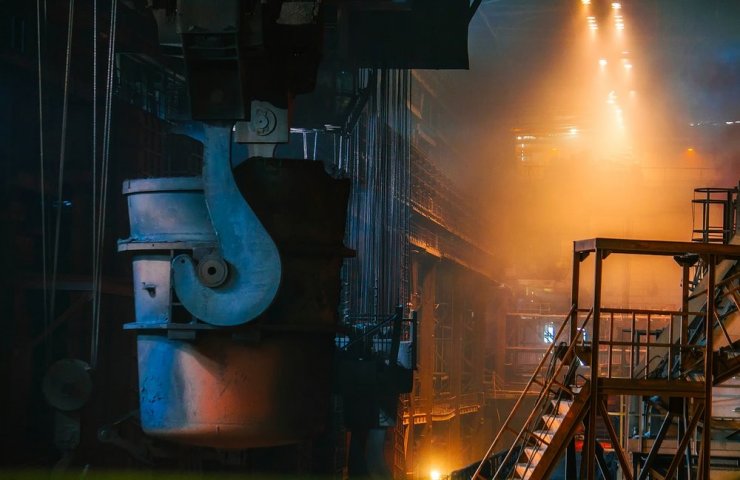The global steel industry accounts for approximately 5% of total CO 2 emissions. On average, 1.9 tons of CO 2 are allocated for every ton of steel produced. Around 2.8 million tonnes of CO 2 emissions per year are solely from the use of energy in the metallurgical sector, or about 8% of total energy-related emissions.
More than 1.3 billion tons of steel are produced and used every year. Steel demand, especially in developing countries, is constantly increasing global CO 2 emissions from the steel industry. The EU is the second largest steel producer in the world after China. Its production is over 177 million tonnes of steel per year, with approximately 500 production sites across the EU providing 11% of global production. Although about 50% of European steel is produced from waste, growing demand and a temporary lag in the accumulation of steel in society will support production from primary materials (ore and coal) for a long time.
There are two main ways to make steel. New steel, made from iron ore, is produced in an Oxygen Purge Blast Furnace (BF-BOF). Also, steel can be processed along the route of the electric arc furnace (EAF). The production of high quality new steel requires more and more iron ore. Natural ore is rich in iron combined with oxygen. In Europe, coking coal, a form of high quality coal also known as metallurgical coal, is used both as a source of heat energy and also participates in a chemical reaction to make steel. The metallurgical sector is a large consumer of coal; in Germany, about 1/3 of all coal mined is used in steel production.
Steel production is closely related to many industries such as automotive, construction, electronics, as well as mechanical engineering and electrical engineering. Steel is also used in renewable electricity infrastructure such as wind power. Even though more than half of the steel is already recycled, high quality materials still need to be produced from virgin materials. It is estimated that with consistent steel use and long service life, about 20% of steel in 2050 will still be produced from new materials. Even if this demand is drastically reduced, new production will still be necessary due to the long service life and steel accumulation in society.
Globally, steel demand is expected to exceed the availability of scrap, and a shortage is expected to mean high CO 2 primary steel production. The Indian government plans to double manufacturing capacity by 2030 as it embarks on a massive infrastructure program. Growing demand and long service life are an obstacle to higher recycling rates: some products can only use a limited amount of scrap due to the need for high quality steel.
In other words, the more scrap is used, the less control over material properties due to impurities in the scrap. Even if abundant scrap is available, it can only be used in limited quantities to obtain higher quality steel.





